Cover
Title Page
Copyright
Preface
Contents
Chapter 1: Introduction
1.1 Historical Background
1.2 The Communication Process
1.3 Multiple-Access Techniques
1.4 Networks
1.5 Digital Communications
1.6 Organization of the Book
Notes
Chapter 2: Fourier Analysis of Signals and Systems
2.1 Introduction
2.2 The Fourier Series
2.3 The Fourier Transform
2.4 The Inverse Relationship between Time-Domain and Frequency-Domain Representations
2.5 The Dirac Delta Function
2.6 Fourier Transforms of Periodic Signals
2.7 Transmission of Signals through Linear Time-Invariant Systems
2.8 Hilbert Transform
2.9 Pre-envelopes
2.10 Complex Envelopes of Band-Pass Signals
2.11 Canonical Representation of Band-Pass Signals
2.12 Complex Low-Pass Representations of Band-Pass Systems
2.13 Putting the Complex Representations of Band-Pass Signals and Systems All Together
2.14 Linear Modulation Theory
2.15 Phase and Group Delays
2.16 Numerical Computation of the Fourier Transform
2.17 Summary and Discussion
Problems
Notes
Chapter 3: Probability Theory and Bayesian Inference
3.1 Introduction
3.2 Set Theory
3.3 Probability Theory
3.4 Random Variables
3.5 Distribution Functions
3.6 The Concept of Expectation
3.7 Second-Order Statistical Averages
3.8 Characteristic Function
3.9 The Gaussian Distribution
3.10 The Central Limit Theorem
3.11 Bayesian Inference
3.12 Parameter Estimation
3.13 Hypothesis Testing
3.14 Composite Hypothesis Testing
3.15 Summary and Discussion
Problems
Notes
Chapter 4: Stochastic Processes
4.1 Introduction
4.2 Mathematical Definition of a Stochastic Process
4.3 Two Classes of Stochastic Processes: Strictly Stationary and Weakly Stationary
4.4 Mean, Correlation, and Covariance Functions of Weakly Stationary Processes
4.5 Ergodic Processes
4.6 Transmission of a Weakly Stationary Process through a Linear Time-invariant Filter
4.7 Power Spectral Density of a Weakly Stationary Process
4.8 Another Definition of the Power Spectral Density
4.9 Cross-spectral Densities
4.10 The Poisson Process
4.11 The Gaussian Process
4.12 Noise
4.13 Narrowband Noise
4.14 Sine Wave Plus Narrowband Noise
4.15 Summary and Discussion
Problems
Notes
Chapter 5: Information Theory
5.1 Introduction
5.2 Entropy
5.3 Source-coding Theorem
5.4 Lossless Data Compression Algorithms
5.5 Discrete Memoryless Channels
5.6 Mutual Information
5.7 Channel Capacity
5.8 Channel-coding Theorem
5.9 Differential Entropy and Mutual Information for ContinuousRandom Ensembles
5.10 Information Capacity Law
5.11 Implications of the Information Capacity Law
5.12 Information Capacity of Colored Noisy Channel
5.13 Rate Distortion Theory
5.14 Summary and Discussion
Problems
Notes
Chapter 6: Conversion of Analog Waveforms into Coded Pulses
6.1 Introduction
6.2 Sampling Theory
6.3 Pulse-Amplitude Modulation
6.4 Quantization and its Statistical Characterization
6.5 Pulse-Code Modulation
6.6 Noise Considerations in PCM Systems
6.7 Prediction-Error Filtering for Redundancy Reduction
6.8 Differential Pulse-Code Modulation
6.9 Delta Modulation
6.10 Line Codes
6.11 Summary and Discussion
Problems
Notes
Chapter 7: Signaling over AWGN Channels
7.1 Introduction
7.2 Geometric Representation of Signals
7.3 Conversion of the Continuous AWGN Channel into a Vector Channel
7.4 Optimum Receivers Using Coherent Detection
7.5 Probability of Error
7.6 Phase-Shift Keying Techniques Using Coherent Detection
7.7 M-ary Quadrature Amplitude Modulation
7.8 Frequency-Shift Keying Techniques Using Coherent Detection
7.9 Comparison of M-ary PSK and M-ary FSK from an Information-Theoretic Viewpoint
7.10 Detection of Signals with Unknown Phase
7.11 Noncoherent Orthogonal Modulation Techniques
7.12 Binary Frequency-Shift Keying Using Noncoherent Detection
7.13 Differential Phase-Shift Keying
7.14 BER Comparison of Signaling Schemes over AWGN Channels
7.15 Synchronization
7.16 Recursive Maximum Likelihood Estimation for Synchronization
7.17 Summary and Discussion
Problems
Notes
Chapter 8: Signaling over Band-limited Channels
8.1 Introduction
8.2 Error Rate Due to Channel Noise in a Matched-Filter Receiver
8.3 Intersymbol Interference
8.4 Signal Design for Zero ISI
8.5 Ideal Nyquist Pulse for Distortionless BasebandData Transmission
8.6 Raised-Cosine Spectrum
8.7 Square-Root Raised-Cosine Spectrum
8.8 Post-Processing Techniques: The Eye Pattern
8.9 Adaptive Equalization
8.10 Broadband Backbone Data Network: Signaling over Multiple Baseband Channels
8.11 Digital Subscriber Lines
8.12 Capacity of AWGN Channel Revisited
8.13 Partitioning Continuous-Time Channel into a Set of Subchannels
8.14 Water-Filling Interpretation of the Constrained Optimization Problem
8.15 DMT System using Discrete Fourier Transform
8.16 Summary and Discussion
Problems
Notes
Chapter 9: Signaling over Fading Channels
9.1 Introduction
9.2 Propagation Effects
9.4 Statistical Characterization of Wideband Wireless Channels
9.5 FIR Modeling of Doubly Spread Channels
9.6 Comparison of Modulation Schemes: Effects of Flat Fading
9.7 Diversity Techniques
9.8 “Space Diversity-on-Receive” Systems
9.9 “Space Diversity-on-Transmit” Systems
9.10 “Multiple-Input, Multiple-Output” Systems: Basic Considerations
9.11 MIMO Capacity for Channel Known at the Receiver
9.12 Orthogonal Frequency Division Multiplexing
9.13 Spread Spectrum Signals
9.14 Code-Division Multiple Access
9.15 The RAKE Receiver and Multipath Diversity
9.16 Summary and Discussion
Problems
Notes
Chapter 10: Error-Control Coding
10.1 Introduction
10.2 Error Control Using Forward Error Correction
10.3 Discrete Memoryless Channels
10.4 Linear Block Codes
10.5 Cyclic Codes
10.6 Convolutional Codes
10.7 Optimum Decoding of Convolutional Codes
10.8 Maximum Likelihood Decoding of Convolutional Codes
10.9 Maximum a Posteriori Probability Decoding ofConvolutional Codes
10.10 Illustrative Procedure for Map Decoding in the Log-Domain
10.11 New Generation of Probabilistic Compound Codes
10.12 Turbo Codes
10.13 EXIT Charts
10.14 Low-Density Parity-Check Codes
10.15 Trellis-Coded Modulation
10.16 Turbo Decoding of Serial Concatenated Codes
10.17 Summary and Discussion
Problems
Notes
Appendix A: Advanced Probabilistic Models
A.1 The Chi-Square Distribution
A.2 The Log-Normal Distribution
A.3 The Nakagami Distribution
Notes
Appendix B: Bounds on the Q-Function
Appendix C: Bessel Functions
C.1 Series Solution of Bessel’s Equation
C.2 Properties of the Bessel Function
C.3 Modified Bessel Function
Notes
Appendix D: Method of Lagrange Multipliers
D.1 Optimization Involving a Single Equality Constraint
Appendix E: Information Capacity of MIMO Channels
E.1 Log-Det Capacity Formula of MIMO Channels
E.2 MIMO Capacity for Channel Known at the Transmitter
Notes
Appendix F: Interleaving
F.1 Block Interleaving
F.2 Convolutional Interleaving
F.3 Random Interleaving
Notes
Appendix G: The Peak-Power Reduction Problemin OFDM
G.1 PAPR Properties of OFDM Signals
G.2 Maximum PAPR in OFDM Using M-ary PSK
G.3 Clipping-Filtering: A Technique for PAPR Reduction
Notes
Appendix H: Nonlinear Solid-State Power Amplifiers
H.1 Power Amplifier Nonlinearities
H.2 Nonlinear Modeling of Band-Pass Power Amplifiers
Notes
Appendix I: Monte Carlo Integration
Notes
Appendix J: Maximal-Length Sequences
J.1 Properties of Maximal-Length Sequences
J.2 Choosing a Maximal-Length Sequence
Notes
Appendix K: Mathematical Tables
Glossary
Conventions and Notations
Functions
Abbreviations
Bibliography
References
Further Reading
Index
Credits
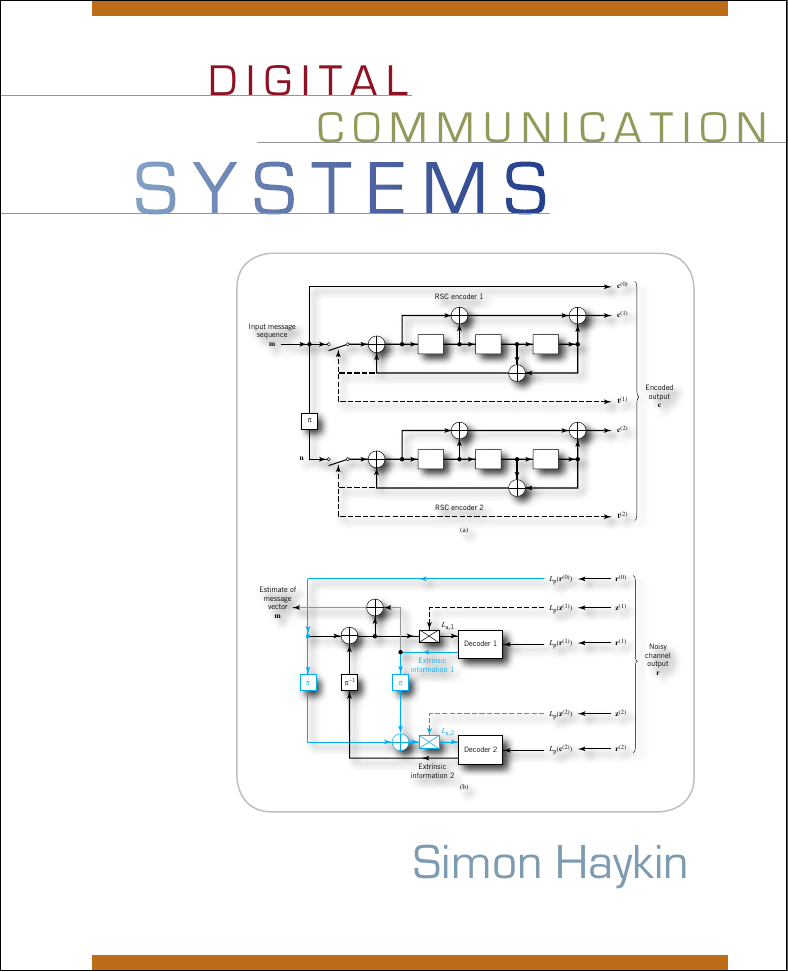
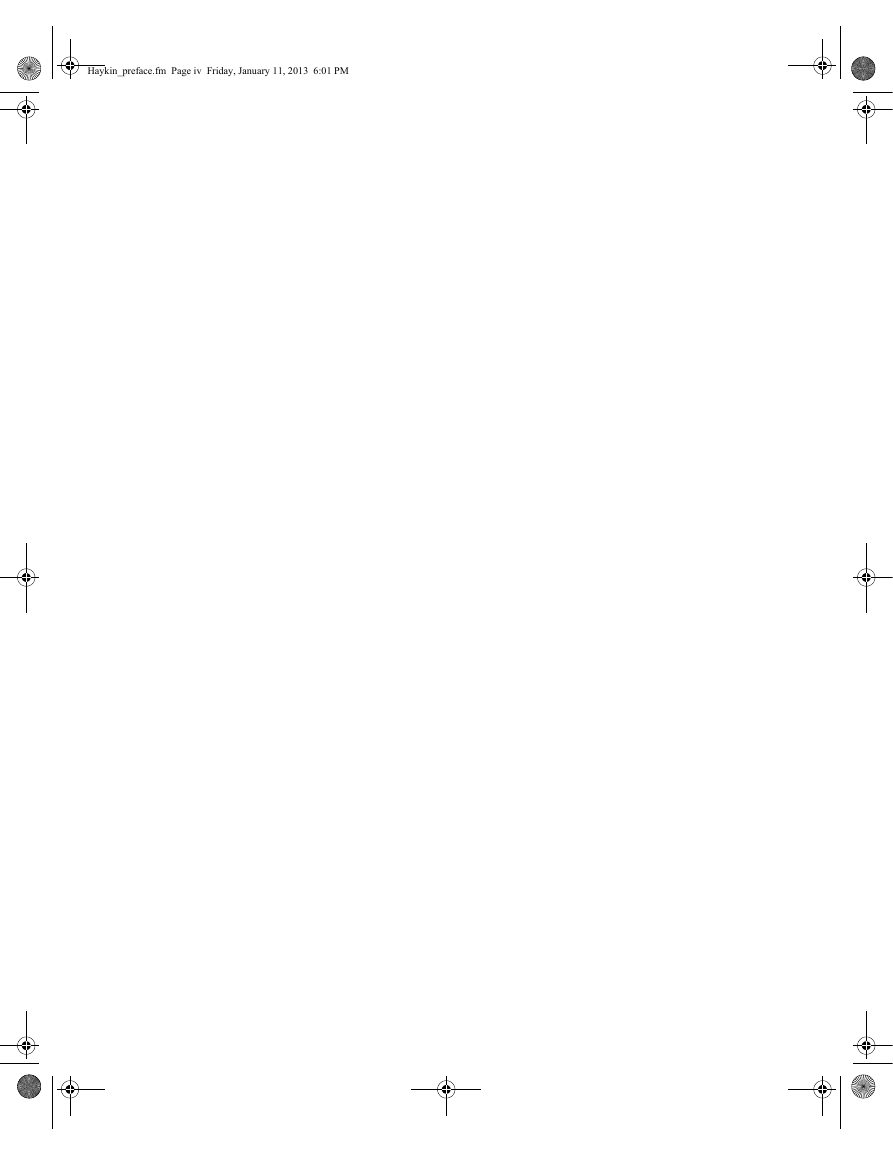
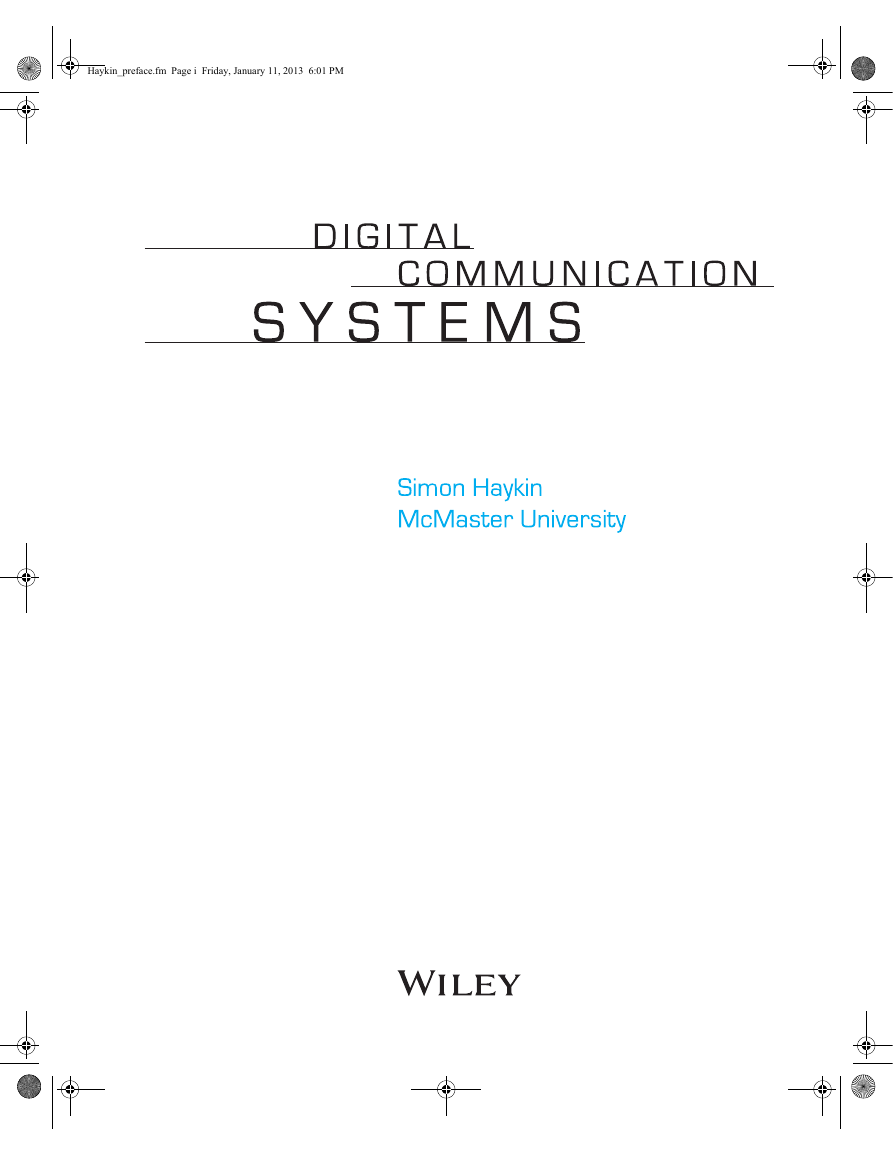
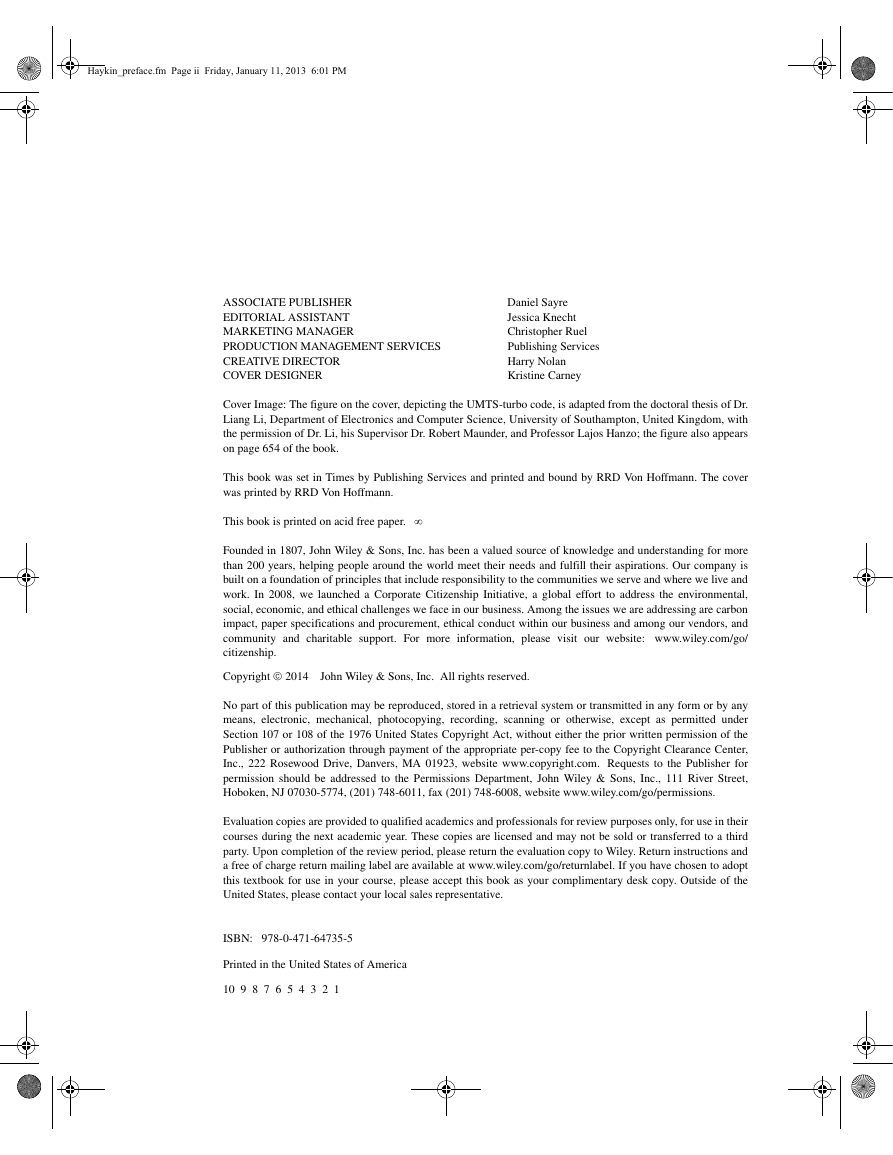
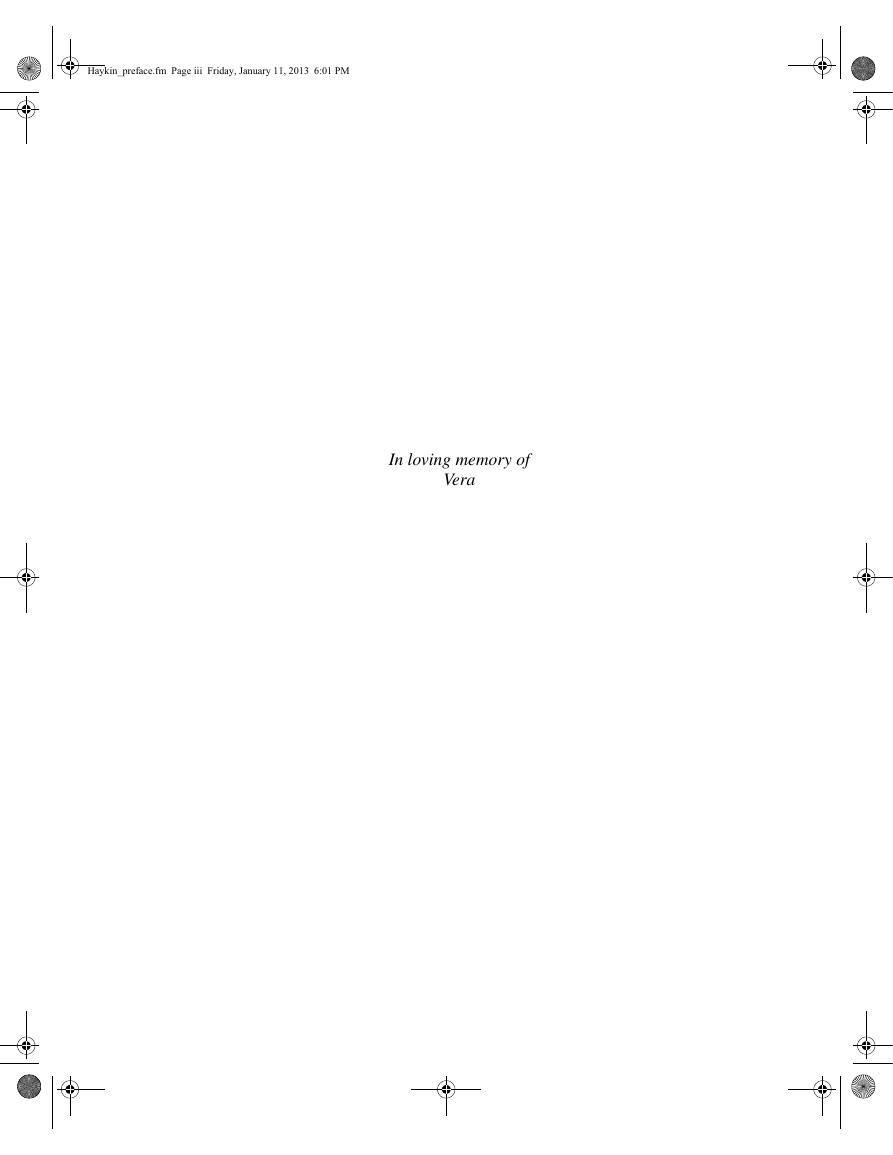
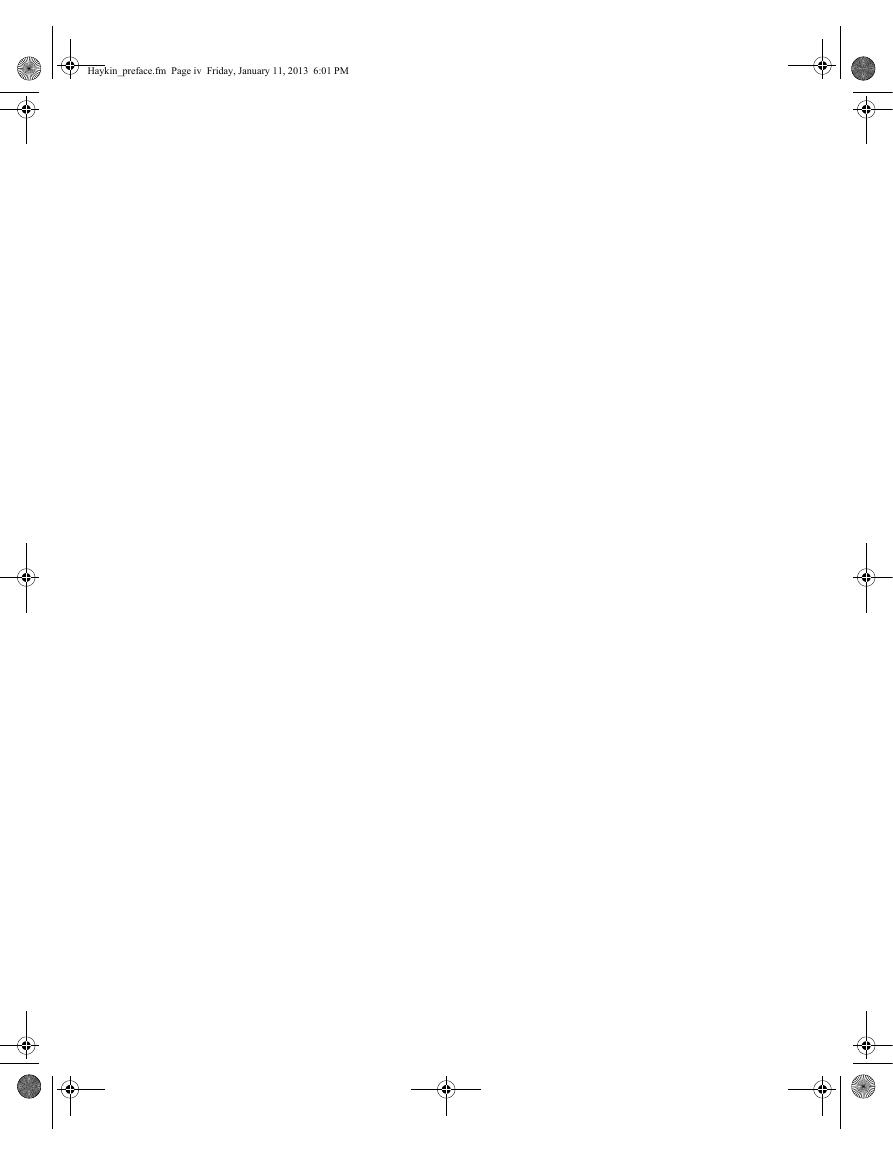

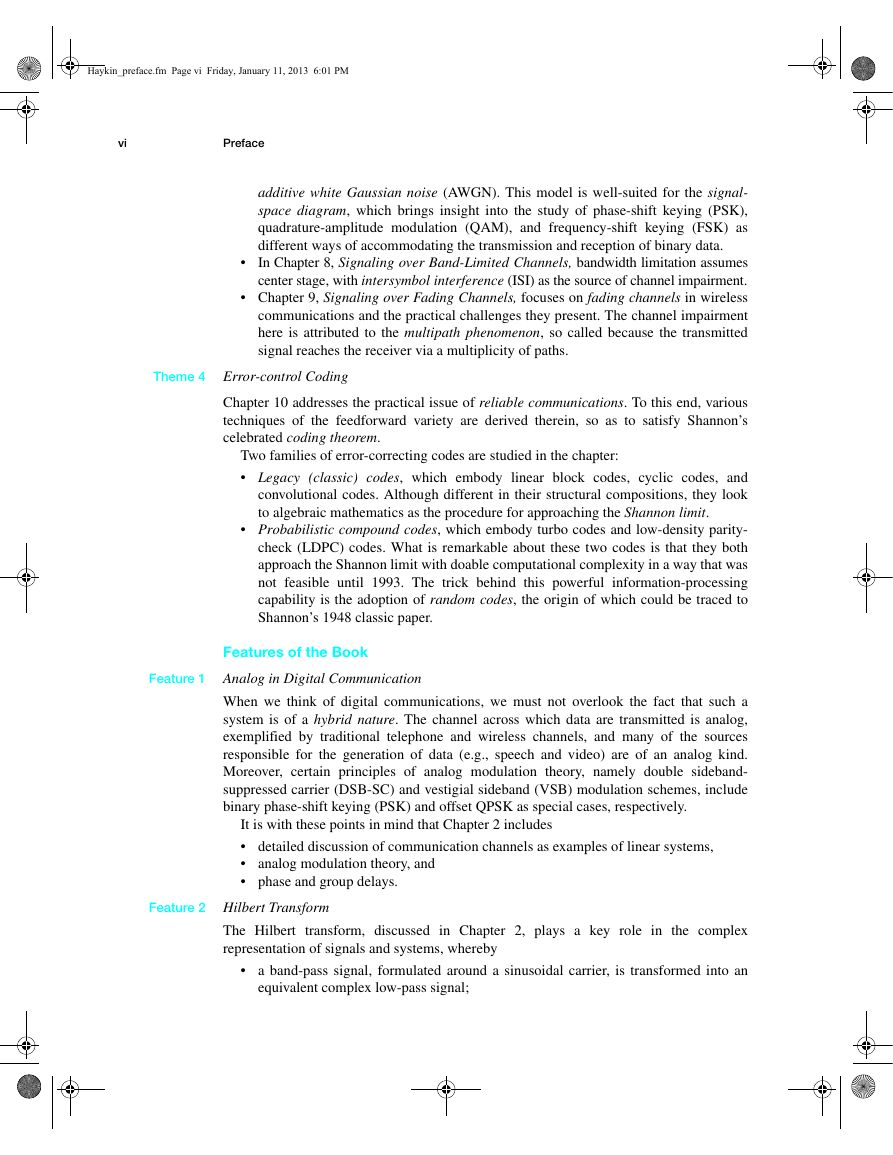








 2023年江西萍乡中考道德与法治真题及答案.doc
2023年江西萍乡中考道德与法治真题及答案.doc 2012年重庆南川中考生物真题及答案.doc
2012年重庆南川中考生物真题及答案.doc 2013年江西师范大学地理学综合及文艺理论基础考研真题.doc
2013年江西师范大学地理学综合及文艺理论基础考研真题.doc 2020年四川甘孜小升初语文真题及答案I卷.doc
2020年四川甘孜小升初语文真题及答案I卷.doc 2020年注册岩土工程师专业基础考试真题及答案.doc
2020年注册岩土工程师专业基础考试真题及答案.doc 2023-2024学年福建省厦门市九年级上学期数学月考试题及答案.doc
2023-2024学年福建省厦门市九年级上学期数学月考试题及答案.doc 2021-2022学年辽宁省沈阳市大东区九年级上学期语文期末试题及答案.doc
2021-2022学年辽宁省沈阳市大东区九年级上学期语文期末试题及答案.doc 2022-2023学年北京东城区初三第一学期物理期末试卷及答案.doc
2022-2023学年北京东城区初三第一学期物理期末试卷及答案.doc 2018上半年江西教师资格初中地理学科知识与教学能力真题及答案.doc
2018上半年江西教师资格初中地理学科知识与教学能力真题及答案.doc 2012年河北国家公务员申论考试真题及答案-省级.doc
2012年河北国家公务员申论考试真题及答案-省级.doc 2020-2021学年江苏省扬州市江都区邵樊片九年级上学期数学第一次质量检测试题及答案.doc
2020-2021学年江苏省扬州市江都区邵樊片九年级上学期数学第一次质量检测试题及答案.doc 2022下半年黑龙江教师资格证中学综合素质真题及答案.doc
2022下半年黑龙江教师资格证中学综合素质真题及答案.doc